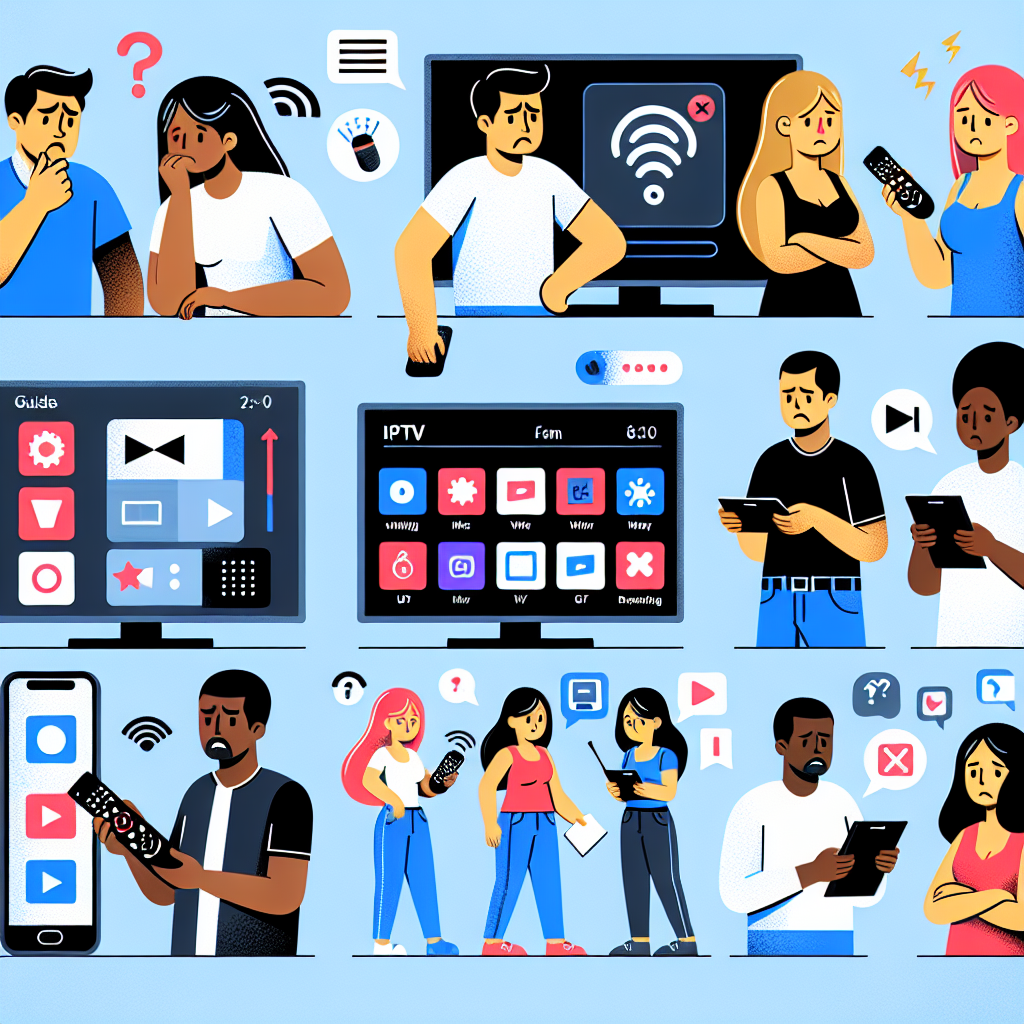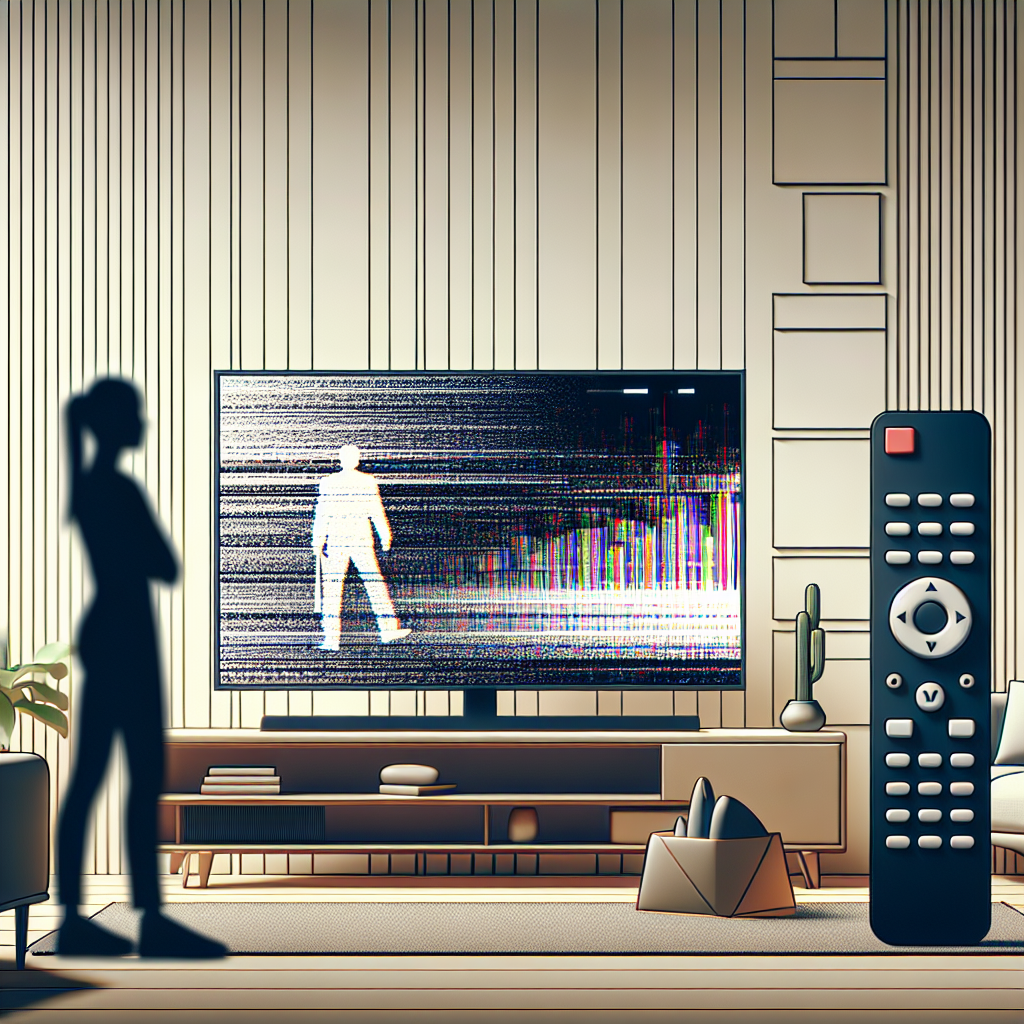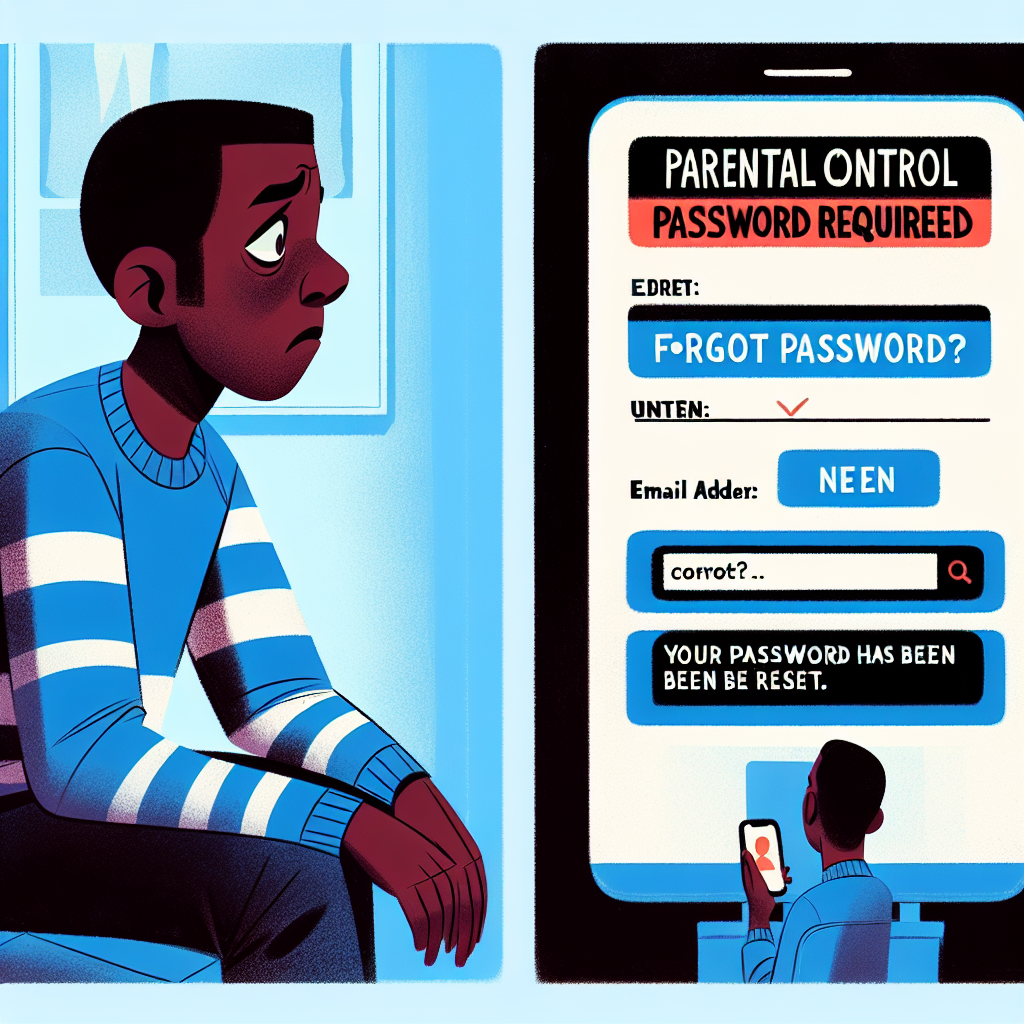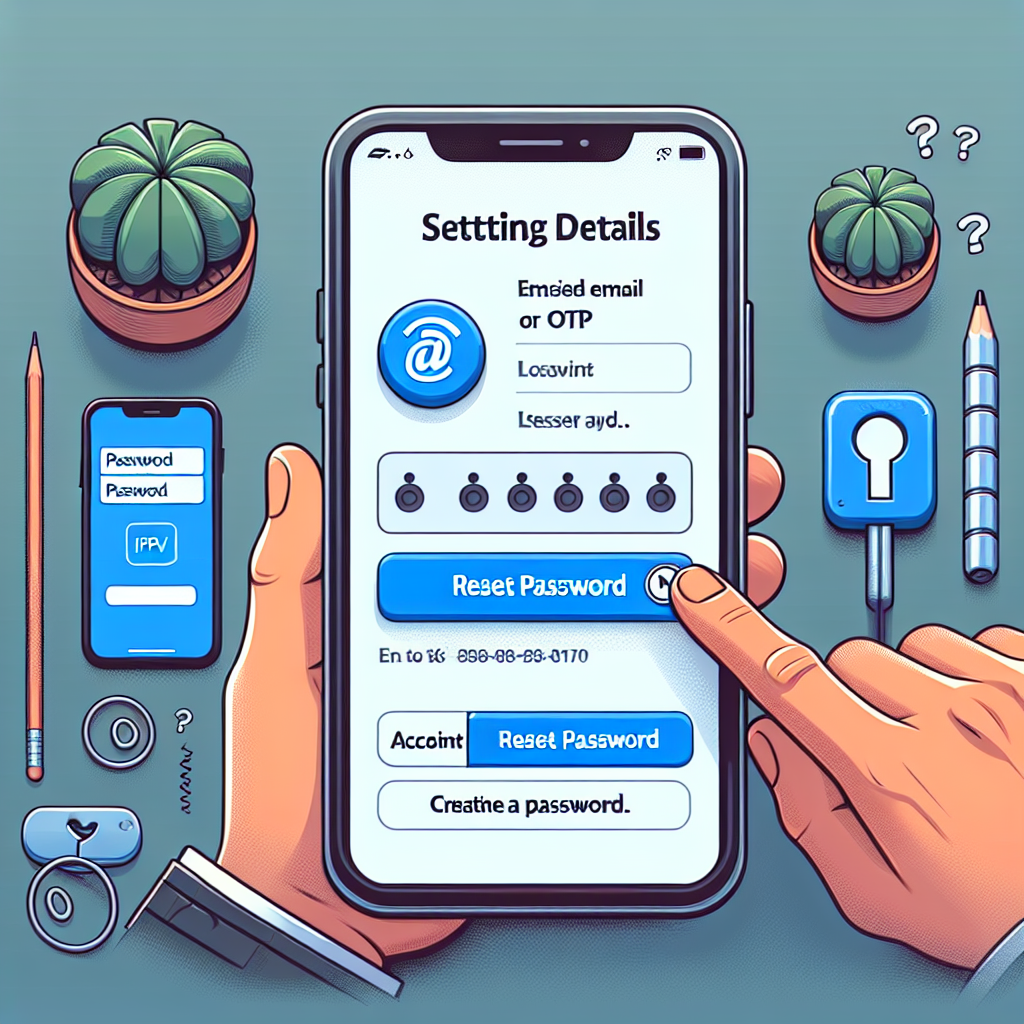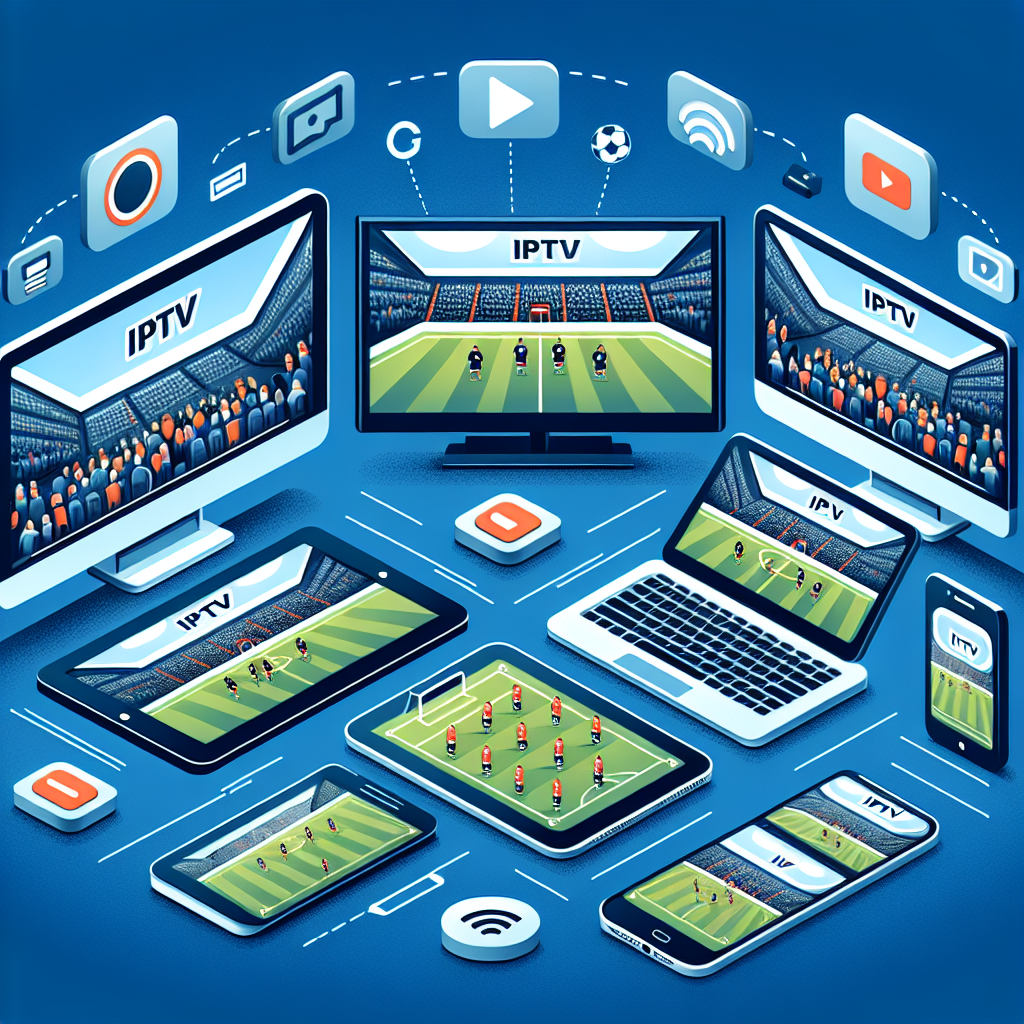Steps to Successfully Cancel Your IPTV App Subscription
Navigating IPTV Apps: Common Challenges and Solutions
Overcoming IPTV App Issues: Tips and Best Practices
Resolving Screen Resolution Issues in IPTV Applications
Effective Solutions for IPTV Screen Resolution Problems
Optimizing IPTV App Experience: A Guide to Language Settings
Enhancing IPTV Apps: A Focus on Language Settings
How to Reset Your IPTV Parental Control Password: A Guide
Step-by-Step Guide to Resetting IPTV Parental Control Password
Enhancing IPTV App Performance: Key Optimization Strategies
Boosting IPTV App Efficiency: Essential Optimization Techniques
How to Reset IPTV App Login Credentials: A Step-by-Step Guide
Step-by-Step Guide to Reset IPTV App Login Credentials
Understanding IPTV Service Region Restrictions and Implications
Exploring IPTV Service Region Restrictions and Implications
Understanding IPTV App Compatibility Across Various Devices
Assessing IPTV App Compatibility on Multiple Devices
Resolving Issues with Missing IPTV Channel Lists: A Guide
Effective Solutions for Missing IPTV Channel Lists

